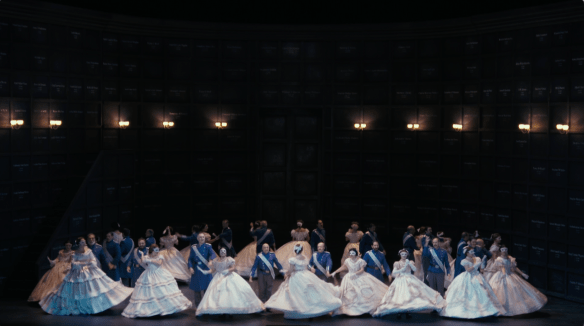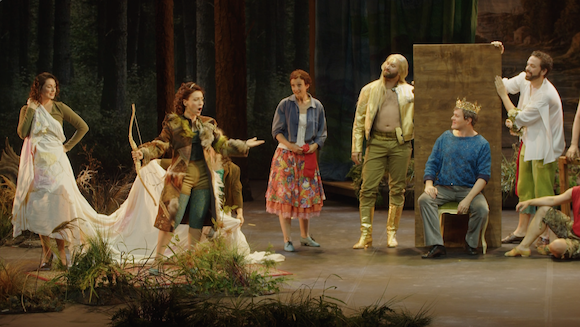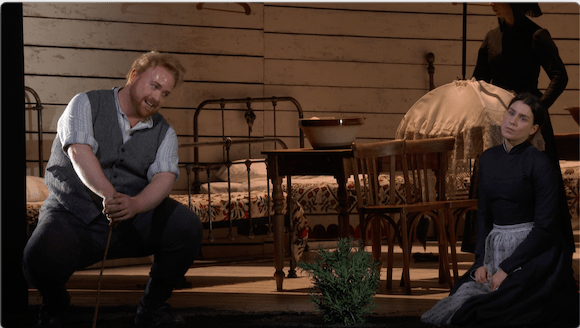There’s a new recording out of Wagner’s Der Ring des Nibelungen recorded at the Deutsche Oper Berlin last year. Now the DOB claims a special relationship with the music of Wagner (the “Winter Bayreuth”) and it is, of course, in Berlin which adds an unavoidable dimension to the performance history there. It has also had, for more than twenty years, Götz Friedrich’s famous production in its repertoire. So, a new Ring at DOB is a big thing. Given that, what I want to do in terms of engaging with the recording is to bookend reviews of the four videos of the operas in the usual fashion with two general pieces; one laying out my expectations based on the “bonus” material in the boxed set and the booklets, and one as a sort of final conclusion having watched the whole thing. This post is, of course, the first of those.

Continue reading →










